A good survey is a series of interactions that encourage your responder to tell a story.
When designing your survey, model it after a meeting, with a warm-up, a meaningful exchange, and a closing. It has to be a two-way communication between you and your responder, where both of you exchange information and benefit from the interaction.
Tip: The survey is there to help your responder tell you his or her story about the challenge of your choice.
So, what makes an effective survey? A good story must have a hero who overcomes a challenge, to reach the happily ever after.
The Warm-Up - the relatable Character
In the Warm-up, your goal is to convince the responder to share his or her tale. This is best accomplished with a few general warm-up questions, such as how long have you been using the product? Or when was the last time you used it? If you ask generic, non-intrusive questions, the responder becomes comfortable as the hero in the story.
Tip: Warm up the responder with easy, general questions, not personal information like name and email.
The Satisfaction: The Hero Overcomes the Challenge
Once you've warmed up your hero, ask your main customer satisfaction questions. It is about the challenge the hero overcame using your products. Starting with the problem experienced, and finishing with how well your solution met his or her expectations. To measure satisfaction in an actionable way, separate different elements of satisfaction (e.g. timeliness, convenience, reliability, etc.) into discrete, meaningful pieces the customer rates.
Tip: Provide plenty of optional comment space, so people can provide details.
The Futures: Happily Ever After
The Futures section is precisely that - you ask them what they think the future is going to hold. This is an opportunity to get feedback on your company's future direction. Sadly, many surveys are missing the Futures piece because it is hard to deliver well in a survey. Open-ended questions like "what can we do better" or "what are your current challenges," are okay to start. Ideally, you want to provide multiple choice options.
Tip: Even when customers don't respond to the Futures questions, they appreciate that you asked their opinion and they get to see the world from your point of view.
The Closure
This is the final section where you can get more personal, by asking for optional contact information and permission to ask follow-on questions. It is a good place to ask less important demographic questions (e.g. role, industry, company size, etc.) Finally, thank them for their time and tell them the next steps, if relevant.
I hope that after reading this blog post, you will revisit your surveys, especially the Futures part of your surveys. This is your opportunity to ask a few forward-looking questions that help you better understand your customers' future direction and your company's role in it. Keep questions brief and expect many customers not to complete them, as reaching for the happily ever after requires work. As you would expect, anticipating the future is a lot harder than describing the past. Some people do rise up to the occasion.
And by understanding their point of view, you might just find a pot of gold...


